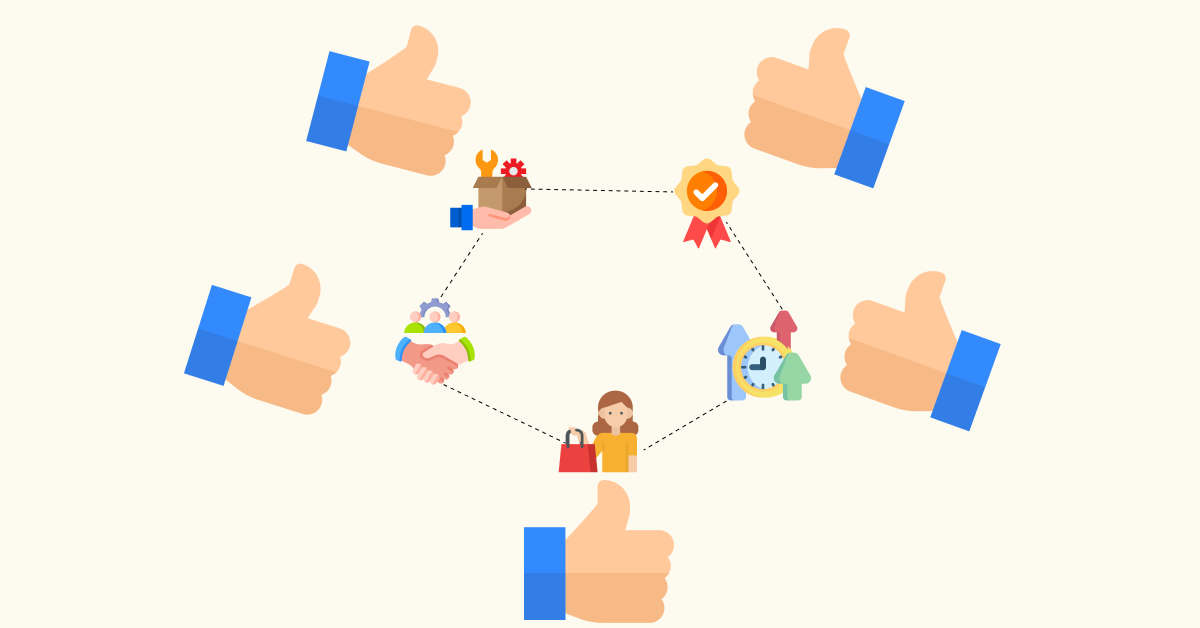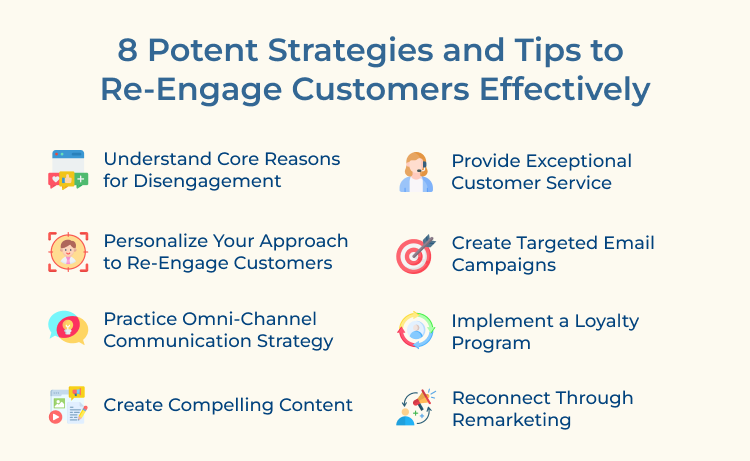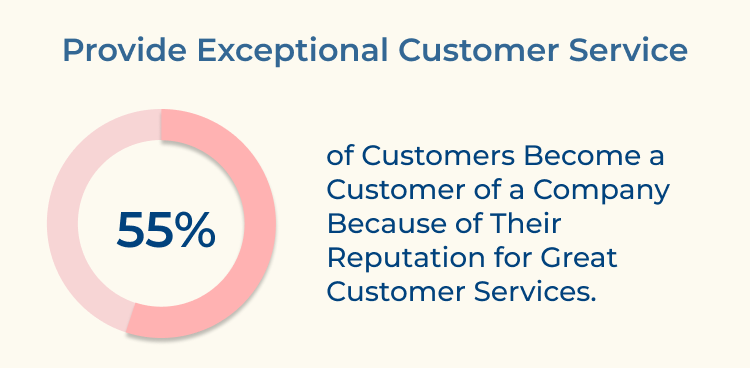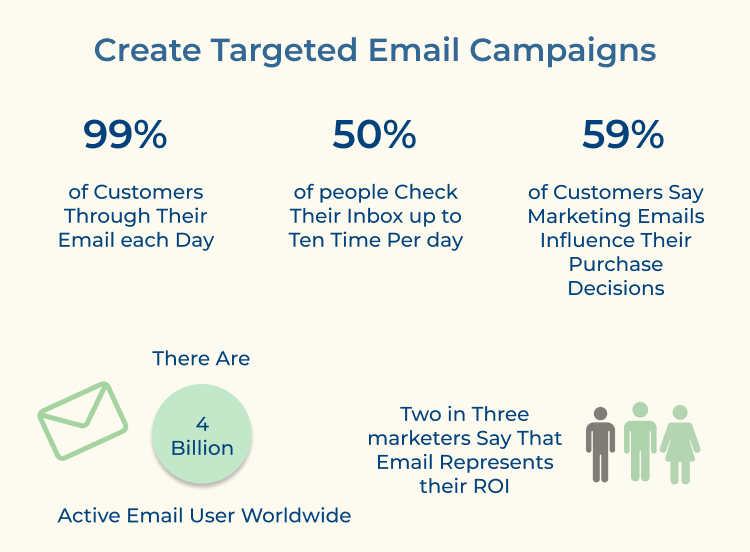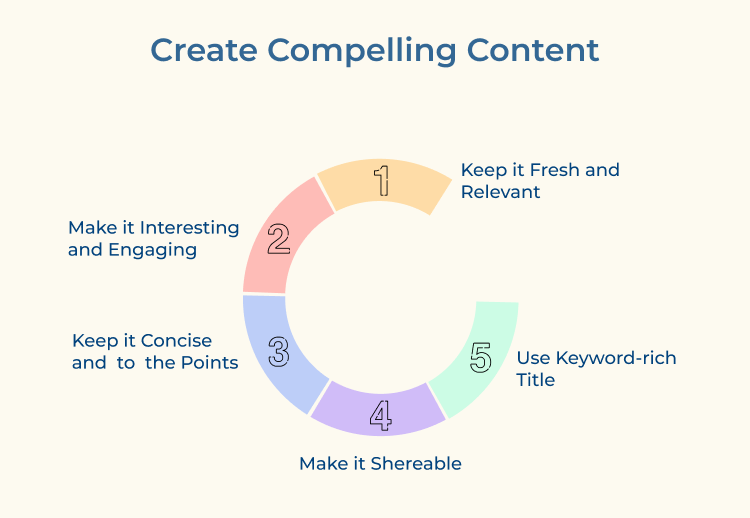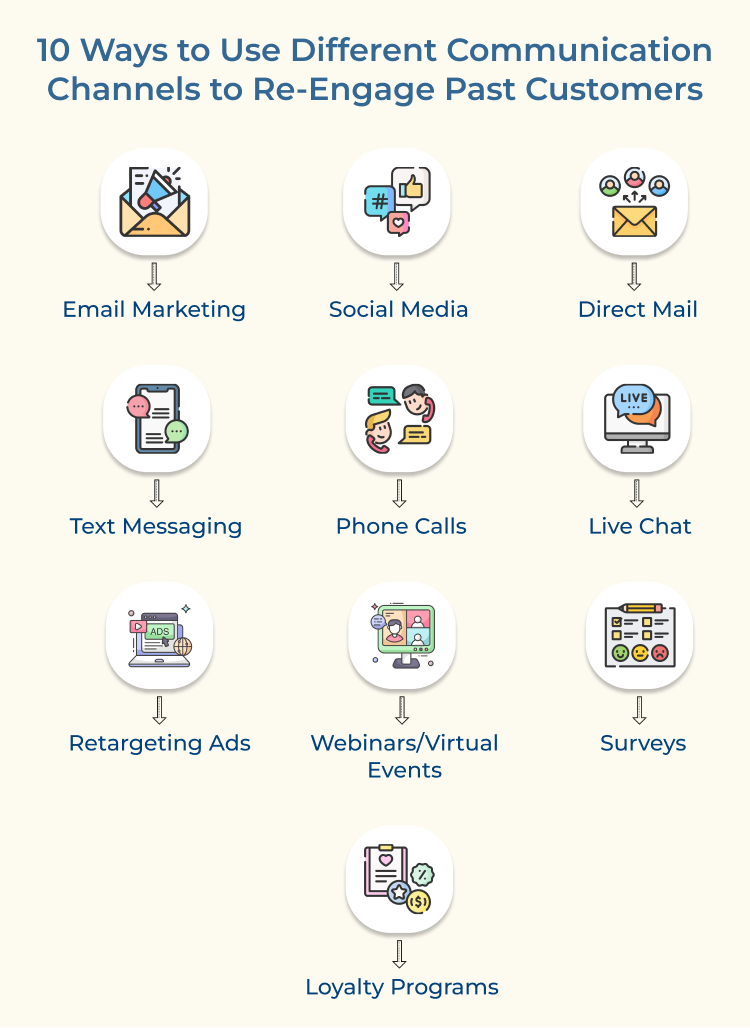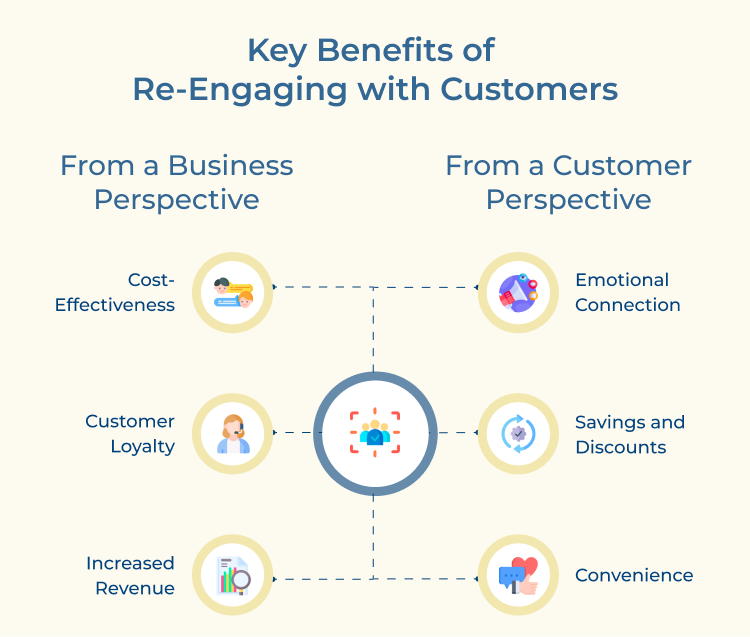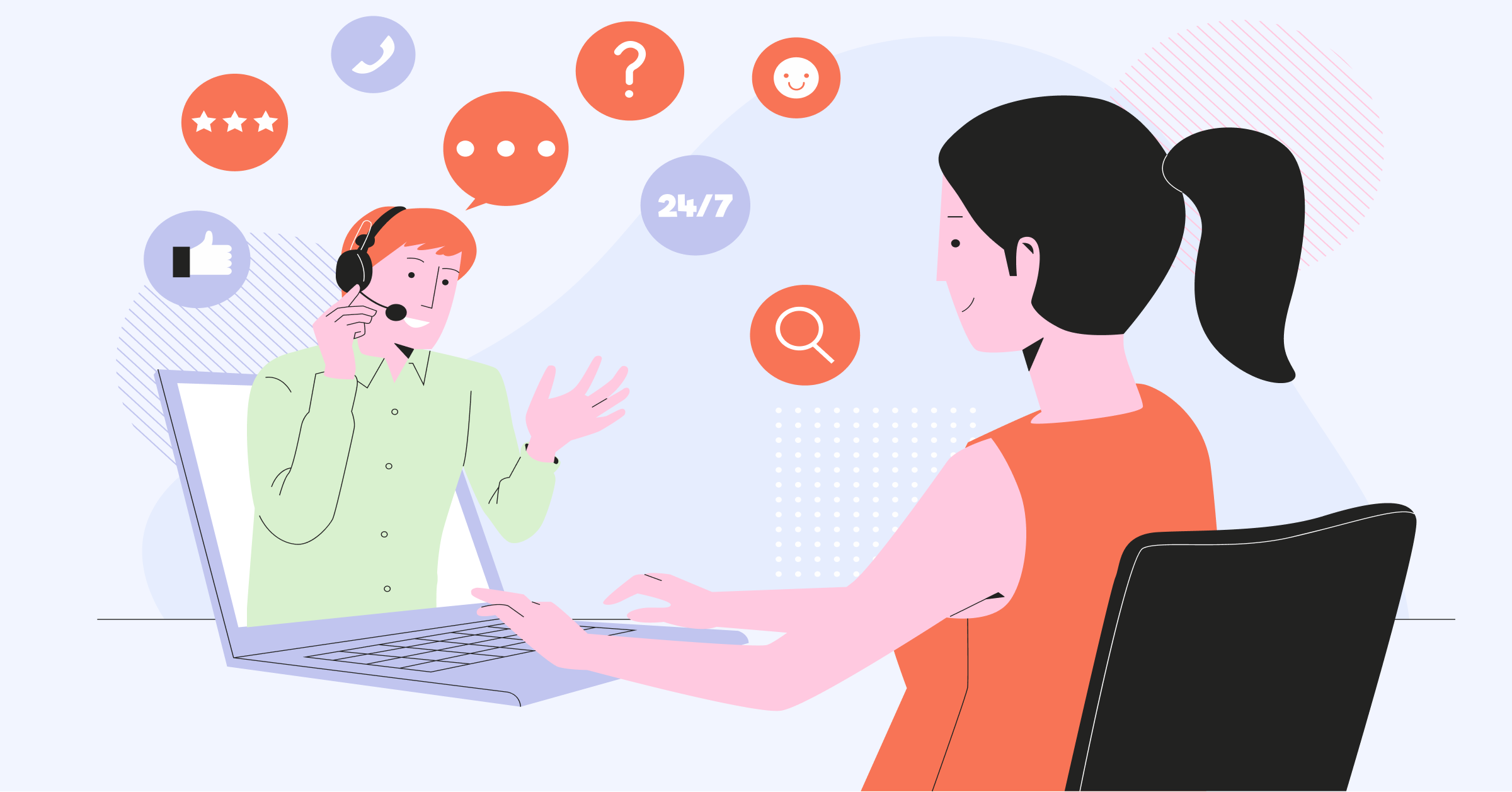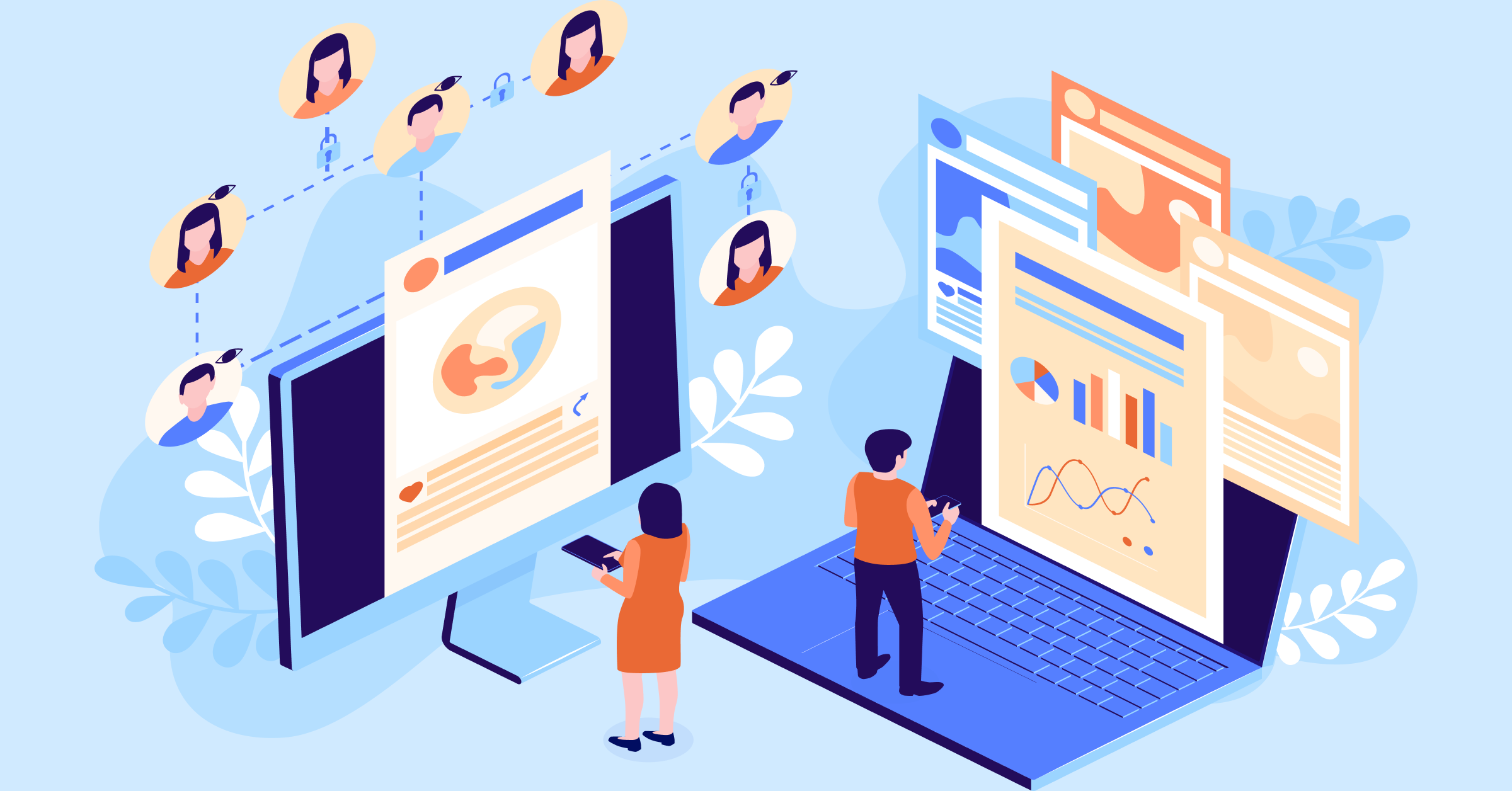Here are the best practices to re-engage customers:
- Offer excellent customer service: Provide exceptional customer service to show customers that you value their business. Address any concerns or complaints promptly and professionally.
- Create a sense of urgency: Encourage customers to take action by creating a sense of urgency in your messaging. Limited-time offers or countdown timers can motivate them to make a purchase or engage with your brand again.
- Re-engage customers on special occasions: Use special occasions such as birthdays or holidays to reconnect with customers and show that you care about their personal milestones. Sending personalized messages or exclusive offers can make them feel appreciated and valued.
- Analyze and optimize: Track the results of your re-engagement efforts and analyze the areas that need improvement. Use the data to optimize your strategy and continuously refine your approach to re-engaging customers.
- Stay Consistent: Maintain a consistent presence and communication strategy to keep customers engaged over time.
- Remind Them of Your Value Proposition: Showcase the unique benefits of your products or services to remind customers why they chose your business in the first place.
Examples of Re-Engage Customers
In today’s competitive marketplace, retaining customers is just as important as attracting new ones. Re-engaging with customers can help businesses maintain a strong relationship with their client base and increase customer loyalty.
Let’s take a look at some real-life examples of companies re-engaging with customers.
1. Sephora
Sephora, a popular beauty retailer, excels at re-engaging with customers through their loyalty program, Beauty Insider. Sephora offers rewards, exclusive offers, birthday gifts and personalized product recommendations to keep customers coming back. They also use email marketing and social media to engage with customers as well as promote new products.
2. Marriott International
Marriott International, one of the largest hotel chains in the world, re-engages with customers through their loyalty program, Marriott Bonvoy. Members earn points for stays, which can be redeemed for free nights, room upgrades and other perks. Marriott also sends personalized communications to members based on their preferences and booking history.
3. Cleveland Clinic
Cleveland Clinic, a renowned healthcare provider, re-engages with patients through their MyChart patient portal. Patients can access medical records, schedule appointments and communicate with their healthcare providers online. Cleveland Clinic also sends personalized reminders for preventive screenings, appointments and follow-up care to keep patients engaged in their health journey.
4. Salesforce
Salesforce, a leading customer relationship management (CRM) software company, is known for its excellent customer service. They re-engage customers through personalized emails, webinars and events. Salesforce also has a customer community where users can connect with each other, ask questions and share best practices.
Boost Sales Conversions by Re-Engaging Clients
Re-engaging with customers is a crucial strategy for boosting sales and fostering long-term customer relationships. By implementing personalized communication, offering special promotions and providing exceptional customer service, businesses can effectively reconnect with their existing customer base.
Utilizing data analytics and automation tools can streamline the re-engagement process, making it easier to target the right customers with the right message at the right time. Overall, re-engagement efforts not only increase sales revenue but also contribute to customer loyalty and brand advocacy. It’s a win-win situation for both businesses and their customers.
